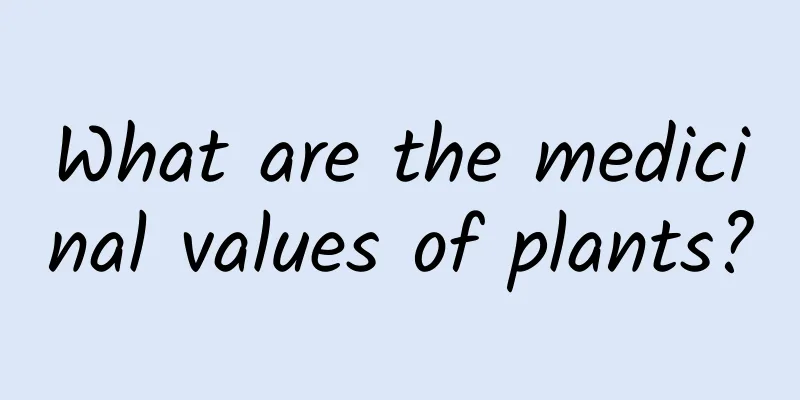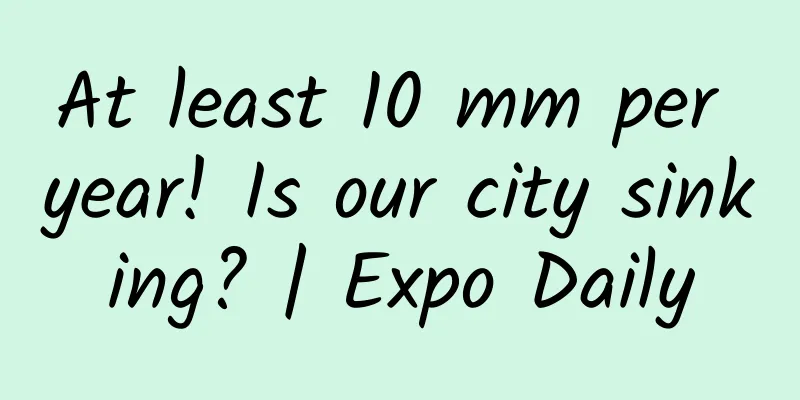What are the medicinal values of plants?

|
Plants are ever-changing in our lives. Different plants have different functions. Plants are now all around us, but what people don’t know is that the so-called plants also have good medicinal value. Generally, the wild vegetables seen on the roadside may be a kind of medicine. So what are the nutritional values of plants? There are many kinds of medicinal plants, and their medicinal parts are different. Some are all used as medicine, such as Leonurus japonicus, Prunella vulgaris, etc.; some are used as medicine, such as ginseng, Datura, Belamcanda chinensis, Platycodon grandiflorum, Rhodiola rosea, etc.; some need to be extracted before being used as medicine, such as quinine. In ancient China, Shennong's Herbal Classic classified medicines into three grades: superior, medium, and inferior according to their efficacy. In addition to continuing to use the three-category classification, "Shennong's Herbal Classic Annotations" also created a method of dividing the medicines into herbal, fruit, vegetable, and grain categories based on their properties. The Compendium of Materia Medica adopts the natural property classification method, dividing the collected medicines into 16 classes and 60 categories, and based on physiological and ecological conditions, divides the grass medicines into mountain grass, fragrant grass, marsh grass, poisonous grass, creeping grass, stone grass, moss, etc. This is the most complete classification system in ancient China. In medicine, drugs are generally classified according to their properties and pharmacological effects. Traditional Chinese medicine often divides drugs into categories such as antipyretic drugs, heat-clearing drugs, anti-rheumatic drugs, qi-regulating drugs, and tonic drugs according to their properties; modern medicine often divides drugs into categories such as sedatives, analgesics, cardiotonic drugs, and anti-cancer drugs according to their pharmacological effects. Medicinal botany can reflect the relationship of medicinal plants by classifying them according to plant systems, which is beneficial for the study of morphology, anatomy and composition. Chinese medicine identification and medicinal plant cultivation are often classified according to the medicinal parts, including roots, rhizomes, barks, leaves, flowers, fruits, seeds, whole herbs, etc., which facilitates the identification of medicinal characteristics and the understanding of their cultivation features. The chemical composition of plants is relatively complex. Some components are common to all plants, such as cellulose, protein, oil, starch, sugars, pigments, etc.; some components are unique only to certain plants, such as alkaloids, glycosides, volatile oils, organic acids, tannins, etc. Each type of chemical component has certain characteristics, and the appearance, color, smell, and taste of the medicinal materials can generally be used as one of the means of preliminary inspection and judgment. For example, if there are no oily spots on the cross section of the medicinal material after it is broken, or there are oil marks after squeezing, it mostly contains fat or volatile oil; those with a powdery layer mostly contain starch and sugar; those with a special smell mostly contain volatile oil, coumarin, and lactone; those with sweet taste mostly contain sugar; those with neutral taste mostly contain alkaloids, glycosides, and bitter substances; those with sour taste contain organic acids; those with astringent taste mostly contain tannins, etc. The medicinal value of plants is very rich, because there are many kinds of plants in life, and plants have different functions. The wild flowers, fruits, leaves or weeds we often see on the roadside may be very common Chinese medicines. When choosing these Chinese medicines, we must use them under the doctor's instructions. |
<<: What are the medicinal values of plants?
>>: What are the medicinal values of Curculigo
Recommend
A woman got nasopharyngeal cancer just because she ate this dish frequently! Many people eat this dish every day...
Expert of this article: Hu Zhongdong, Chief Physi...
The efficacy and function of milk ginseng
The essence of traditional Chinese medicine is to...
I never thought that changing the order of eating would make such a big difference
Expert of this article: Gu Ruili, Deputy Chief Te...
The efficacy and function of red vine
Traditional Chinese medicine has always been the ...
The efficacy and function of decorative selaginella
Traditional Chinese medicine is a Chinese traditi...
Solid coal turns into liquid fuel? This 100 billion-dollar project in China gives you the answer →
Author: Shi Xiangqi and Li Chuanfu On October 8, ...
Why are there no green-haired mammals? Do they just not like them?
Audit expert: Wang Lei PhD in Ecology, Beijing Fo...
Is honeysuckle effective in treating eczema?
Many people know that honeysuckle can cure eczema...
The efficacy and function of the gold belt
Traditional Chinese medicine is very effective in...
"Cliff-like aging" really exists! Scientists reveal two key time points for accelerated aging of the human body
Tuchong Creative Such plots often appear in movie...
The efficacy and function of Stemona tuberosa
Many people are not very clear about Stemona japo...
The world's first nuclear-powered "mobile power bank" is not simple
"Linglong No. 1" is the world's fir...
What is the difference between He Shou Wu and Dioscorea bulbifera
Many people know or are aware of Polygonum multif...
What are the effects of Coptis chinensis
Scutellaria baicalensis is a perennial woody plan...
The efficacy and function of stone jujube
The stone jujube has a long history, and until no...









